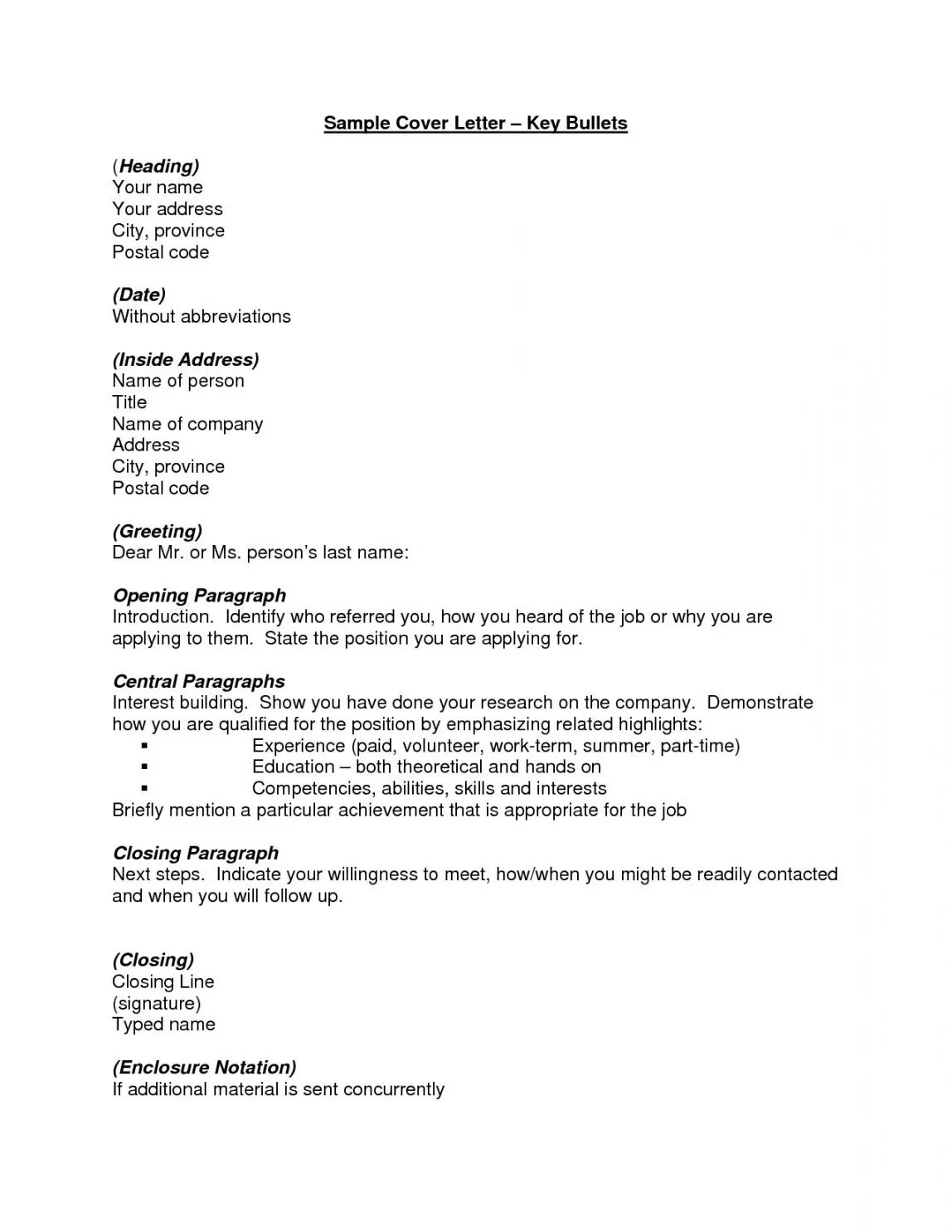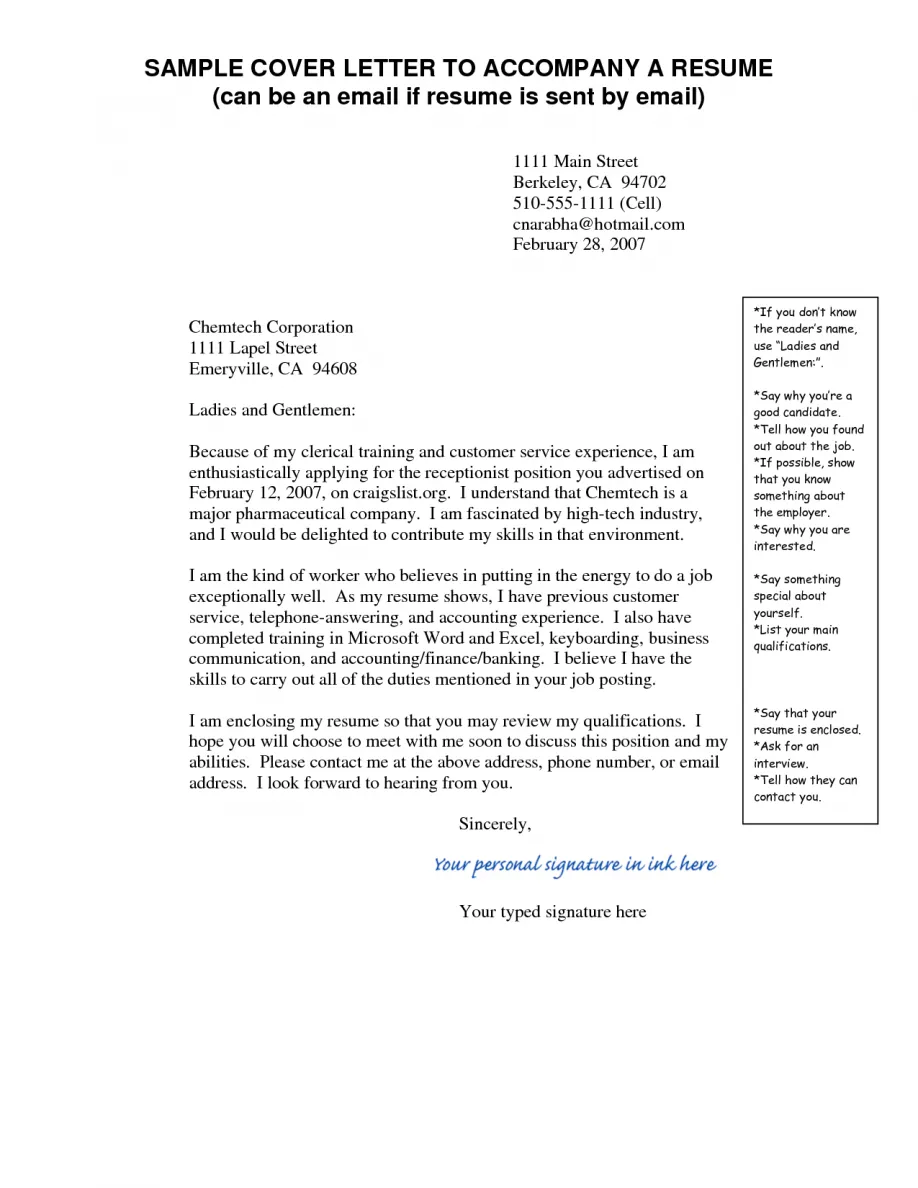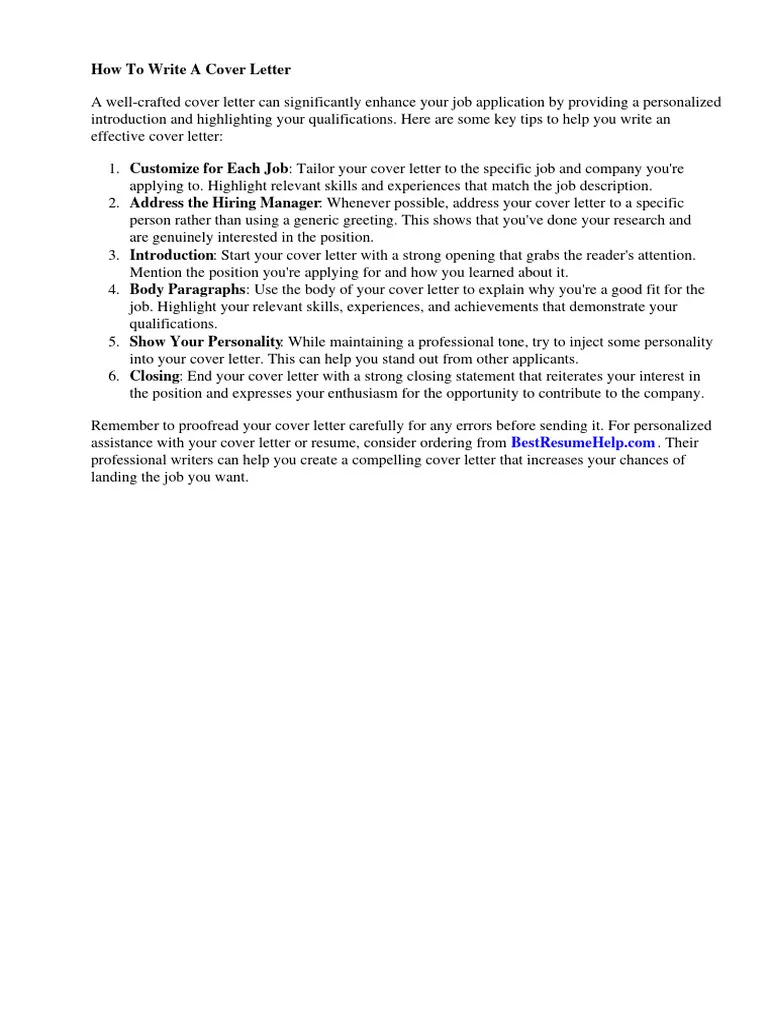Cover Letter Secrets Revealed
A cover letter is your first introduction to a potential employer, and it can make or break your chances of landing an interview. It’s more than just a summary of your resume; it’s your opportunity to showcase your personality, passion, and the unique value you bring to the table. In a competitive job market, a well-crafted cover letter can set you apart from other applicants. This guide will unveil the secrets to writing a cover letter that not only gets noticed but also compels the hiring manager to learn more about you. We will delve into the essential elements, from researching the company to the nuances of formatting, providing actionable tips and examples to help you create a compelling cover letter that opens doors to your dream job. Mastering the art of the cover letter is a crucial step in any successful job search, and with the right approach, you can transform this often-dreaded task into a powerful tool for career advancement.
Research the Company before Writing
Before you even begin writing, research the company thoroughly. Visit their website, explore their social media profiles, and read news articles about them. Understanding their mission, values, and recent projects will allow you to tailor your cover letter to their specific needs. Identify the key challenges they face and how your skills and experience can help solve them. This level of detail shows the hiring manager that you’re genuinely interested in the role and the company, not just applying for any job. Demonstrate your knowledge of the company’s industry and any specific projects or initiatives they are involved in. Mentioning specific company details shows your attention to detail and initiative, making your application more memorable and impactful. A cover letter without this foundational research is like a ship without a rudder; it might get you somewhere, but it’s unlikely to reach your desired destination.
Understand the Company Culture

Part of researching a company is understanding its culture. Is it formal or casual? Fast-paced or relaxed? Understanding the company culture will help you adjust your tone and writing style. Tailor your cover letter to match the company’s communication style to demonstrate that you’re a good fit. Consider the company’s values and how they align with your own. If the company values innovation, highlight your creative problem-solving skills. If they emphasize teamwork, share examples of your collaborative experiences. A good fit is determined by a combination of your skills and the culture. This approach ensures that your cover letter resonates with the hiring manager and leaves a positive impression. Aligning your cover letter with company culture increases your chances of making a lasting impression and getting an interview call.
Customize Your Cover Letter
Generic cover letters are easily spotted and often discarded. Customize your cover letter for each job application, mentioning the specific role you are applying for and how your skills align with the job requirements. Use the job description as a guide to identify the key skills and qualifications the employer is seeking. Address each of these points in your cover letter, providing specific examples of how you’ve demonstrated these skills in the past. Show, don’t just tell. Avoid clichés and instead use action verbs to describe your accomplishments. For instance, instead of saying ‘I am a team player,’ describe a specific project where you collaborated effectively with a team to achieve a successful outcome. This level of detail and personalization demonstrates your genuine interest in the position and increases your chances of success.
Highlight Relevant Skills and Experience
Your cover letter should highlight the skills and experiences most relevant to the job you are applying for. This isn’t a place to list your entire work history; focus on the experiences that directly align with the job description. Use keywords from the job posting to show you meet the requirements. If the job requires project management skills, provide examples of projects you’ve successfully managed. If it emphasizes communication skills, describe situations where you effectively communicated with clients or colleagues. Think about the top three to five skills the employer is seeking and tailor your letter accordingly. This helps the hiring manager quickly see the value you bring to the role. Remember, your cover letter isn’t just a summary of your resume; it is a chance to elaborate on the experiences that make you a perfect fit for the job.
Showcase Accomplishments

Instead of simply listing your responsibilities, focus on showcasing your accomplishments. Use the STAR method (Situation, Task, Action, Result) to structure your examples. Describe the situation you were in, the task you were assigned, the actions you took, and the positive results you achieved. For example, ‘In my previous role, I was tasked with increasing customer engagement. I analyzed customer feedback, implemented a new social media strategy, and increased engagement by 30% within three months.’ This method provides concrete evidence of your capabilities and demonstrates the value you can bring to a potential employer. Always quantify your achievements with numbers to make them more impactful and measurable. This approach helps employers visualize your past success, making your application more compelling and memorable.
Quantify Achievements with Numbers
Whenever possible, quantify your accomplishments with numbers. Numbers provide concrete evidence of your achievements and help employers understand the impact you’ve made in previous roles. Instead of saying you ‘improved customer satisfaction,’ say you ‘increased customer satisfaction by 15%.’ If you ‘managed a team,’ mention the size of the team and the projects you managed. Use metrics like percentages, dollar amounts, or specific quantities to showcase your impact. For example, ‘Reduced operational costs by 10%’ or ‘Increased sales revenue by $50,000.’ These quantifiable results are much more persuasive than general statements and provide hiring managers with clear evidence of your capabilities. Quantifying your achievements makes your cover letter more impactful and memorable, giving you a competitive edge in the job search.
Proofread and Edit for Errors
Before submitting your cover letter, proofread it carefully for any errors in grammar, spelling, and punctuation. A single typo can undermine your credibility and make a negative impression. Read your cover letter aloud to catch any awkward phrasing or grammatical errors. Use spell-check and grammar-check tools, but don’t rely on them completely; these tools can sometimes miss subtle errors. Ask a friend, family member, or career counselor to review your cover letter for feedback. A fresh pair of eyes can often spot mistakes you may have missed. Pay close attention to the tone and flow of your writing to ensure it is professional and engaging. A polished, error-free cover letter demonstrates your attention to detail and professionalism, increasing your chances of making a positive impression.
Use a Professional Tone

Maintain a professional tone throughout your cover letter. Avoid slang, colloquialisms, and overly casual language. Use formal language and proper grammar. Keep your tone confident and enthusiastic, but avoid sounding arrogant or boastful. Demonstrate respect for the company and the hiring manager. Address the cover letter to a specific person if possible; this shows you have taken the time to research the company. If you’re unsure who to address it to, use a professional greeting such as ‘Dear Hiring Manager.’ Keep your language clear, concise, and easy to understand. The goal is to convey your qualifications and interest in a professional and engaging manner. A professional tone in your cover letter reflects your professionalism and increases your chances of success in the job search.
Choose the Right Font and Formatting
The appearance of your cover letter is important. Use a professional font, such as Times New Roman, Arial, or Calibri, and keep the font size between 10 and 12 points. Ensure your letter is easy to read and well-formatted. Use clear headings, bullet points, and ample white space to make your cover letter visually appealing. Avoid using overly decorative fonts or graphics, as they can distract from the content. The layout should be clean, organized, and consistent. Choose a simple, classic format that is easy to read and professional in appearance. Ensure your cover letter aligns with your resume’s format to maintain a consistent brand. A well-formatted cover letter demonstrates your attention to detail and professionalism, making a positive impression on the hiring manager.
